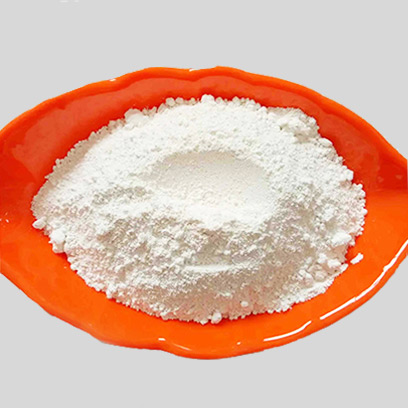
Dec . 04, 2024 09:01 Back to list
High-Purity Titanium Dioxide LR 108 for Various Industrial Applications and Research Use
Titanium Dioxide LR 108 An Overview of Its Properties and Applications
Titanium dioxide (TiO2) has garnered significant attention in various industries due to its unique properties and versatile applications. Among the different grades of titanium dioxide, LR 108 stands out for its exceptional quality and suitability for a range of purposes. This article provides an in-depth look at titanium dioxide LR 108, examining its chemical characteristics, production methods, and diverse uses in various sectors.
Chemical Properties
Titanium dioxide LR 108 is a high-purity, premium-grade titanium dioxide produced through the sulfate process. This process involves the reaction of iron oxide with sulfuric acid, resulting in the formation of titanium sulfate, which is subsequently hydrolyzed to yield titanium dioxide. The final product is a fine, white powder known for its high refractive index, excellent opacity, and superior weather resistance.
One of the essential characteristics of LR 108 is its bright whiteness, which is a crucial factor for applications in coatings, plastics, and other materials where color and brightness are vital. Additionally, it possesses high stability and resistance to ultraviolet (UV) radiation, making it suitable for outdoor applications.
Applications
The versatility of titanium dioxide LR 108 has led to its widespread use in various industries, including
1. Paints and Coatings Due to its high opacity and excellent covering power, LR 108 is extensively used in paints and coatings. It enhances the durability of the finish and prevents yellowing, ensuring long-lasting color integrity even under harsh environmental conditions.
2. Plastics In the plastics industry, TiO2 LR 108 is used as a pigment to improve the whiteness and brightness of plastic products. It also helps enhance the mechanical strength of plastics and provides protection against degradation from UV light.
titanium dioxide lr 108

3. Cosmetics LR 108 is widely utilized in cosmetic products such as sunscreens, face powders, and other makeup due to its pigmentary properties and ability to provide UV protection. It helps achieve an even skin tone and contributes to the overall aesthetic appeal of cosmetic formulations.
4. Food Industry Titanium dioxide is also approved as a food additive (E171), where it is used to enhance the whiteness of various food products, including confectionery and dairy items. However, the use of titanium dioxide in food products has faced scrutiny and regulatory changes, leading to ongoing debates regarding its safety.
5. Pharmaceuticals In the pharmaceutical sector, LR 108 serves as an excipient and coloring agent in tablet formulations and capsules. Its non-reactive nature and stability make it an ideal candidate for use in drug delivery systems.
Environmental Considerations
While titanium dioxide LR 108 has numerous applications, there are growing concerns regarding its environmental impact. The production and disposal of titanium dioxide can lead to environmental pollution if not managed properly. Concerns primarily focus on the potential release of nanoparticles during manufacturing and the long-term effects of TiO2 in waste streams.
As a response to these concerns, many manufacturers are implementing more sustainable practices in the production of titanium dioxide. Advancements in technology are aimed at reducing waste and improving energy efficiency during production processes.
Conclusion
Titanium dioxide LR 108 is a remarkable material celebrated for its outstanding properties and diverse range of applications. From enhancing the color and durability of paints and coatings to playing a critical role in cosmetics and plastics, its importance cannot be overstated. However, as industries continue to leverage its properties, it is crucial to prioritize sustainable practices to mitigate environmental impacts. As research and regulatory frameworks evolve, titanium dioxide LR 108 remains a valuable asset, transforming various products while paving the way for innovations rooted in environmental responsibility.
In summary, titanium dioxide LR 108 exemplifies how a chemical compound can offer both functionality and aesthetic appeal across an array of industries, reflecting the ongoing interplay between science, technology, and environmental stewardship.
-
Premium 6618 Titanium Dioxide for GPT-4 Turbo Applications
NewsJul.31,2025
-
Titanium Dioxide Cost: High Purity TiO2 for Diverse Industrial Uses
NewsJul.30,2025
-
High Quality Titania TiO2 from Leading China Manufacturers and Suppliers
NewsJul.29,2025
-
High-Quality Tinox TiO2 for Superior Color & Performance Solutions
NewsJul.29,2025
-
High Quality Titania TiO2 from Leading China Supplier & Manufacturer
NewsJul.29,2025
-
High-Performance r6618 TiO2 for Superior Whitening and Versatility
NewsJul.28,2025
